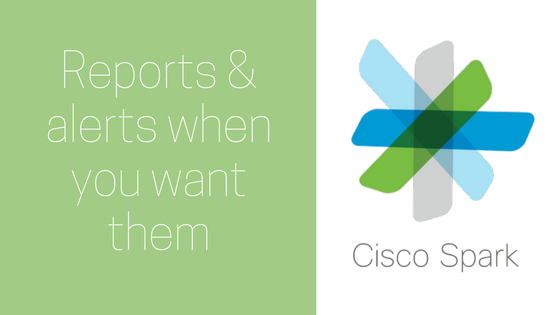With the spread of the COVID-19 coronavirus bringing about relaxed rules around the use of telehealth services, health care providers of all kinds are faced with the task of offering quality options for consulting and treating patients remotely.
Last week the federal government decided to allow all Medicare enrollees to use telemedicine options, which were previously only allowed for those in remote areas or for specific services, while also allowing doctors to provide telehealth care to Medicare patients located in a different state.
These changes open up a wide range of options for patients seeking treatment without risk of possible exposure to the COVID-19 virus, but it also puts more responsibility on health care systems or individual providers to be sure the video platforms and apps they are using are up to the task.
Tracking Trouble Spots
On top of the basic task of gauging patient satisfaction with an online appointment, providers need to gather and analyze data about connection quality and the overall telehealth experience, with analytics companies like Vyopta providing the necessary insights. That information makes it certain that providers can document the details of every interaction and meet the requirements for compensation from insurance companies or government health care systems like Medicare and Medicaid.
“To be able to track that information is where we’re seeing a demand increase,” said Kjierstin Layton, a global accounts manager specializing in the telemedicine space for Vyopta. Layton added that the company’s analytics can help pinpoint the source and cause of connection problems that can result in a delay or cancellation of valuable appointment time.
“If a hardware device is not up and running or functioning and you do not have monitoring capabilities implemented, we don’t know if the call happened or if it connected. From a billing perspective, none of these provider services are free and somebody gets a bill and to get that payment processed for you we have to be able to show that the call happened, and how long it was. Just being able to read that data is so important right now because there’s a ripple effect that centers around the data. Was the quality good on this device? Was there a problem on the participant side or the initiator side?”
Overcoming The Obstacles To Adoption
Even as wireless connectivity becomes more widespread in cities and suburbs, there are ongoing obstacles in the adoption of telemedicine by many providers or patients.
Aaron Miri, chief information officer for the Dell Medical School at the University of Texas, said there are three persistent issues that prevent wider use of telehealth services. They are: lack of high-speed data connections in rural areas, lack of telehealth services offered by specialists in fields such as orthotics or obstetrics, and problems with reimbursement related to billing and payment processing.
“Reimbursement is a challenge because oftentimes there are very limited reimbursement codes and or reimbursement amounts for doing either report from a remote patient monitoring or a telemedicine services. And the service lines you’re able to bill for are limited. Maybe you could do a primary care encounter or you could do psychiatric encounters, but that’s it,” Miri said.
“It’s very important that you understand for the specific telemedicine service that you provided, whether it’s psychiatric, whether it’s primary care, whether it’s from specialty care, that you clearly understand what those rules of documentation and verification, eligibility and medical necessity are. Then it’s making sure that your medical records are set up appropriately to document whatever elements are important as per what your state regulations are, and that you follow explicitly.”
Manage IT’s Growing Pains
With demand for both telemedicine utility and the background data associated with meeting sessions on the rise, Layton said IT departments are likely to feel the growing pains. One remedy on the data side is having unified analytics in one place, preventing the need to harvest relevant information from more than a dozen different reports or databases from hardware and platform providers that weren’t made with interoperability in mind.
“IT departments around the globe are overwhelmed with requests with ‘I need telemedicine right now because I can’t bring patients in if they don’t have the right symptoms, so I need to be able to have someone on staff evaluate somebody, see them take their temperature, get that reading…’ There’s so many little nuances that are unknown,” Layton said. “But if they can count on a data infrastructure that is going to monitor and manage all the intelligence, it’s going to make their jobs a lot easier. We have to be able to tell them where something is working, and where it’s not.”
As part of its response to the COVID-19 pandemic, Vyopta is currently offering a free trial to help IT teams support massive expansion in distance learning.
Chad Swiatecki is a business writer and journalist whose work has appeared in Rolling Stone, Billboard, New York Daily News, Austin Business Journal, Austin American-Statesman and many other print and online publications. He lives in Austin, Texas and is a graduate of Michigan State University. Find him online on LinkedIn.








